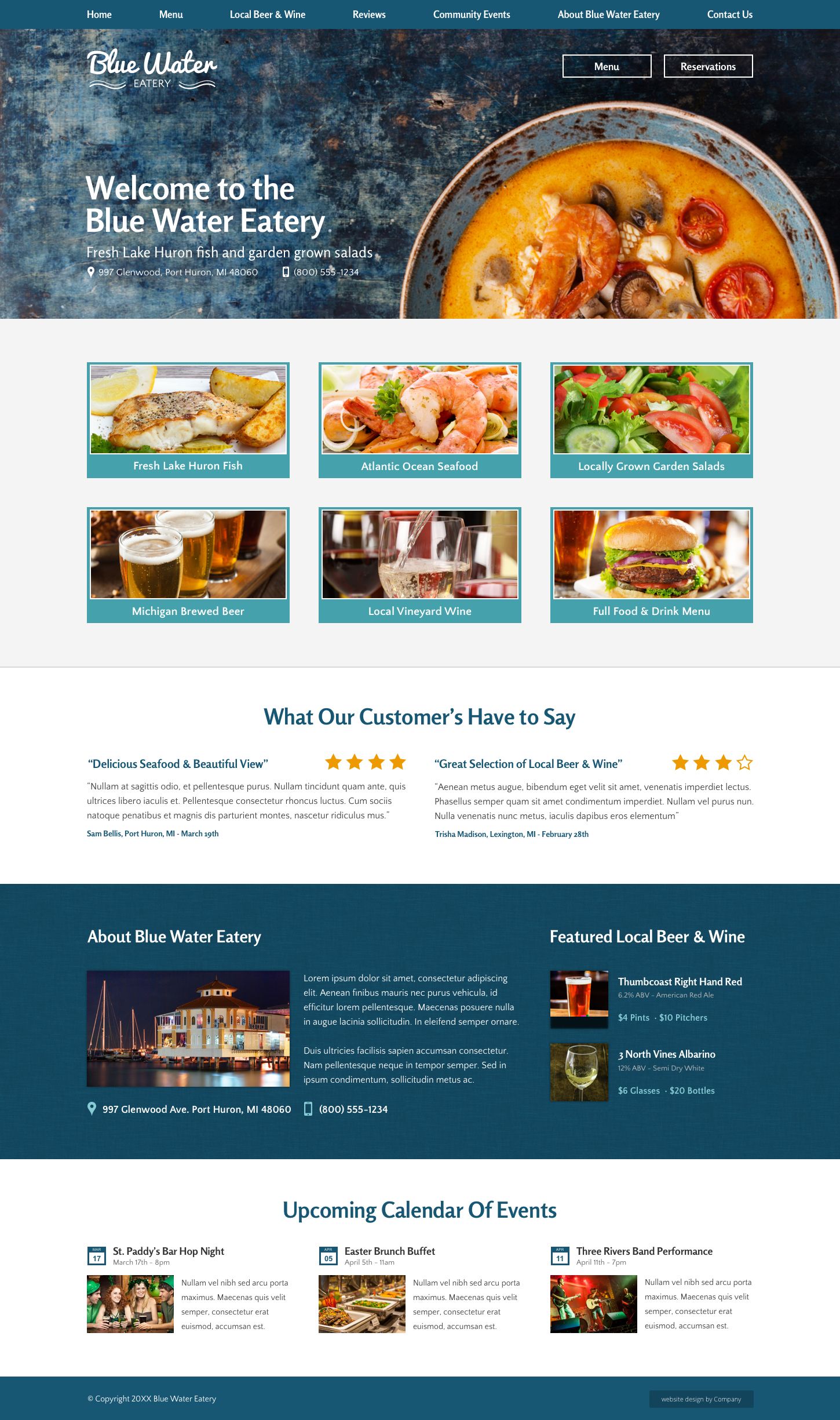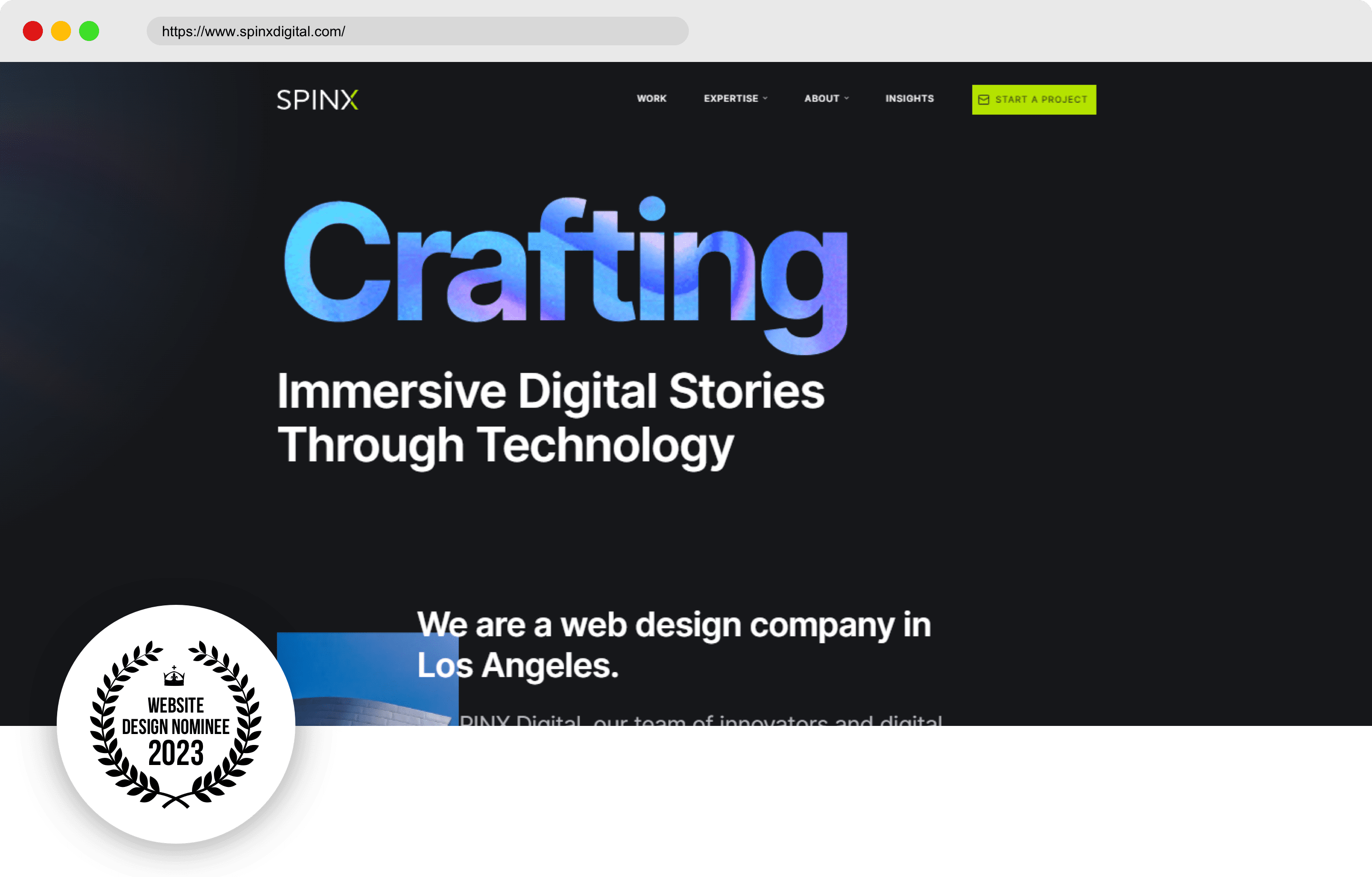Key Methods for Executing User-Centric Website Style to Increase Interaction
When taking into consideration the implementation of user-centric internet site design, certain techniques are critical in boosting involvement. Thorough study right into customer needs and preferences develops the foundation, guiding the development of user identities to inform style choices. Intuitive navigation and receptive user interfaces are critical, making sure convenience of gain access to throughout all devices. At the same time, personalizing web content improves individual fulfillment, and durable accessibility features broaden reach. These techniques collectively cultivate an even more significant online experience. How do these components come together properly, and what functional steps can be taken to guarantee their effective combination?
Recognizing Individual Requirements
Comprehending individual needs is a basic step in the procedure of user-centric internet site style. Methods such as surveys, interviews, and individual screening can offer useful qualitative and measurable data regarding exactly how users connect with the site.
Examining this information permits developers to produce comprehensive individual personalities that stand for the various sectors of the target audience. These identities aid inform layout decisions by highlighting details individual objectives and difficulties, directing the growth of attributes that address these requirements properly. Understanding the context in which individuals operate-- such as their setting, gadget preferences, and time restraints-- can even more improve the design approach.
Empathy plays a critical function in this procedure, allowing developers to see the web site from the customer's viewpoint. By focusing on individual demands, the layout procedure comes to be more concentrated, protecting against the incorporation of unneeded aspects that could clutter the user experience. Eventually, a deep understanding of user demands contributes in crafting a site that is both functional and purposeful.
Designing Instinctive Navigation
Having actually developed a thorough understanding of customer requirements, the following action in user-centric web site layout entails creating instinctive navigation. Reliable navigating is essential to user contentment, affecting how quickly individuals can find information and total jobs. To attain instinctive navigation, designers have to prioritize simplicity and quality, ensuring that the navigating framework is consistent and logical throughout the site.
Organizing content right into a clear hierarchy is vital. Website Design. The usage of acquainted labels and icons can assist individuals effortlessly, reducing cognitive tons and boosting the overall individual experience. A well-designed navigating bar need to be prominently positioned, permitting users to recognize their existing area and quickly check out various other areas of the web site
It is likewise crucial to incorporate interactive aspects such as breadcrumbs and search performances to help customers in navigating complex websites. These functions offer added paths and boost the access of web content, catering to different customer preferences and habits.
Evaluating navigation with real individuals is necessary to determine prospective pain points and guarantee functionality lines up with user assumptions. Regular responses loopholes and repetitive improvements can aid maintain an effective navigating system that adapts to advancing user needs, eventually improving involvement and fulfillment.
Developing Responsive Interfaces
Usually, developing receptive interfaces is an essential facet of modern-day web design, making certain that internet sites are practical and accessible throughout a plethora of gadgets and screen sizes (Website Design). This flexibility is essential in a landscape where users accessibility material through mobile phones, tablets, desktops, and laptop computers, each with varying alignments and resolutions. The main objective of receptive design is to improve individual experience by keeping optimal readability and functionality, regardless of the tool used
To achieve this, internet developers utilize adaptable grid formats, fluid images, and CSS media queries. Versatile grids permit site aspects to resize proportionally, while liquid pictures make sure visuals range properly without shedding high quality. Media questions play a vital role by applying different styles based on the device's attributes, such as width, alignment, and elevation, hence tailoring the layout to the user's display.
Furthermore, receptive interfaces add to enhanced seo (SEO) by supplying a smooth individual experience, which consequently can lower bounce rates and rise website engagement. In recap, taking on receptive style is not just a technical consideration but an important strategy for cultivating a user-centric internet atmosphere that meets the requirements of a diverse target market.

Individualizing Material Experience
Personalizing content experience is a critical part of user-centric internet site design that involves customizing material to meet the one-of-a-kind choices and behaviors of individual customers. This strategy not just boosts individual complete satisfaction yet likewise promotes much deeper engagement, as visitors are extra likely to interact with web content that resonates with their interests and requirements. By leveraging data analytics and customer comments, companies can determine patterns and trends that educate the modification of web content.
Incorporating personalization techniques can vary from simple modifications, such as suggesting items based on browsing background, to extra sophisticated strategies like dynamic web content that adapts in real-time to a customer's interactions. Customized landing pages can considerably raise conversion prices by giving users with appropriate details and supplies that straighten with their previous tasks and choices.
Furthermore, using expert system and artificial intelligence can better improve material personalization by continually discovering from individual actions and adjusting to emerging patterns. This not only enhances the user's journey yet likewise develops additional info brand name loyalty, as customers really Visit Your URL feel comprehended and valued. Ultimately, customizing the material experience is a crucial strategy for services intending to develop a more interesting and meaningful communication with their audience.
Enhancing Access Features
Enhancing accessibility features is a fundamental aspect of user-centric web site design, guaranteeing that electronic content is usable by everyone, consisting of individuals with handicaps. This technique not just abides by legal standards such as the Americans with Disabilities Act (ADA) and the Web Content Access Standards (WCAG) but likewise dramatically widens an internet site's audience reach. By integrating attributes like keyboard navigating, screen visitor compatibility, and alternate text for pictures, internet sites end up being much more inclusive, offering a seamless experience for users with visual, auditory, or motor impairments.
Including responsive design aspects is essential, helping with access on different gadgets and display dimensions, thus accommodating individuals with different preferences and demands. Contrast proportions and text dimension changes can enhance readability for people with visual challenges. Offering concise and clear material structure, such as lists and headings, aids comprehension and navigating, especially for customers with cognitive impairments.
Normal ease of access audits must be conducted to determine and correct possible barriers, making certain ongoing conformity and functionality. By focusing on availability, businesses not only foster inclusivity however also enhance overall customer involvement and satisfaction, inevitably driving greater conversion prices and reinforcing brand name commitment.

Conclusion
Including user-centric layout techniques substantially boosts website involvement by prioritizing the demands and preferences of customers. Extensive research study facilitates the development of customer personalities, assisting targeted layout decisions. Instinctive navigation and receptive user interfaces improve functionality and access across gadgets. Customizing web content based on individual habits enhances satisfaction, while robust access features expand audience reach. Collectively, these approaches develop a significant on the internet experience, cultivating deeper interaction and communication with the internet site.
Extensive research study into individual demands and preferences develops the foundation, leading the creation of customer personalities to educate layout options. Techniques such as surveys, meetings, and website link individual testing can provide valuable qualitative and measurable information concerning how customers interact with the internet site.
By prioritizing individual needs, the design procedure ends up being more concentrated, protecting against the addition of unnecessary components that can clutter the user experience. Reliable navigating is basic to user complete satisfaction, influencing exactly how conveniently individuals can discover information and full jobs. The usage of acquainted tags and icons can lead customers easily, decreasing cognitive load and boosting the total individual experience.